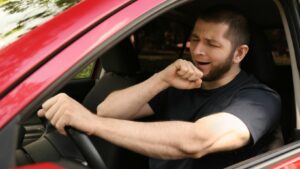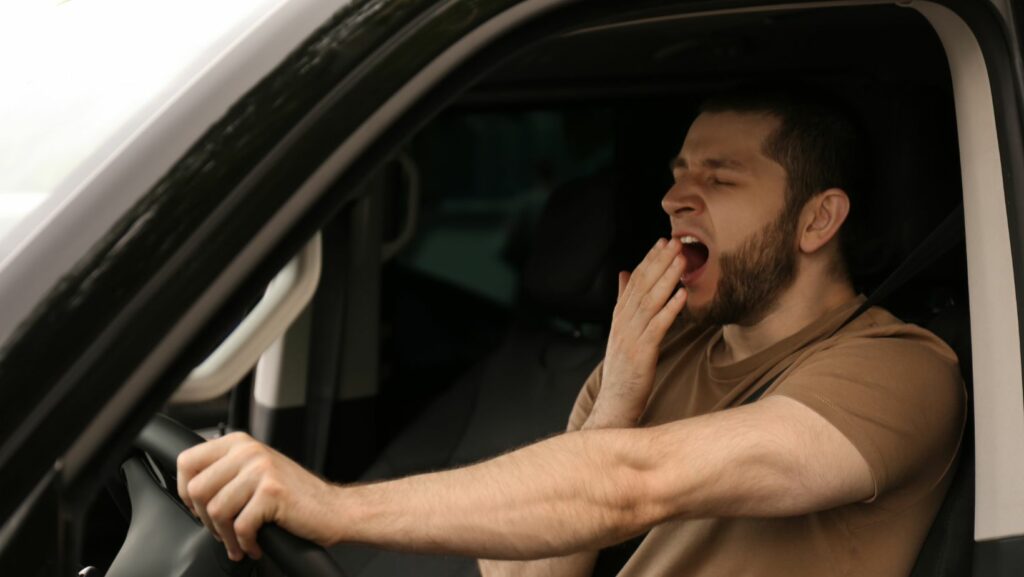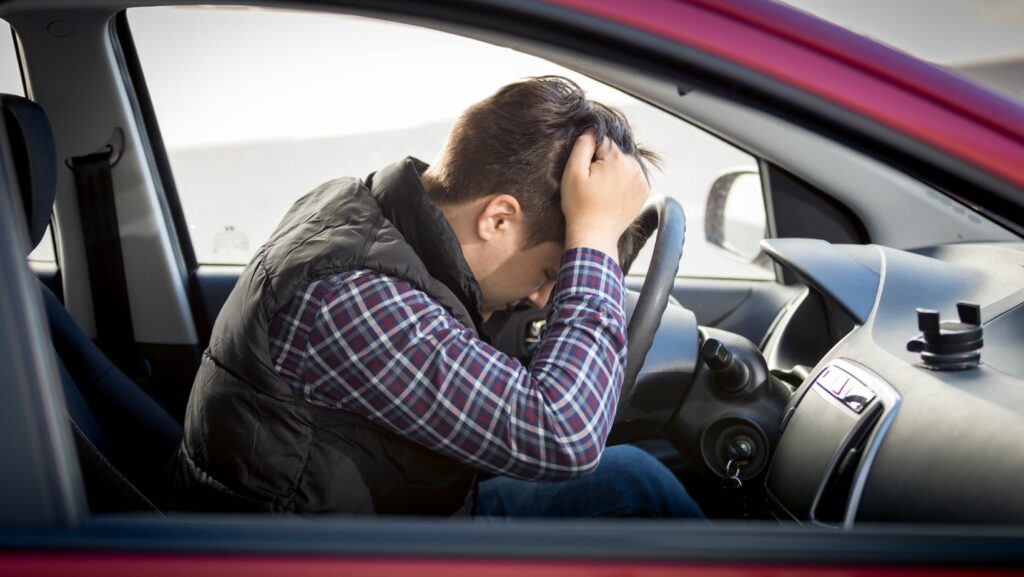We’ve all been there – eyes heavy, head nodding, fighting off sleep while behind the wheel. Drowsy driving is a dangerous, yet often overlooked issue. While there’s a wealth of advice on how to combat it, not all tips are created equal.
In this article, we’ll debunk some common myths and misguided advice about tackling drowsy driving. You might be surprised to learn that some widely accepted tips aren’t just ineffective, but could potentially make things worse.
Understanding Drowsy Driving
Drowsy driving, a serious and often overlooked road safety risk, demands attention and awareness for safe navigation. Let’s delve deeper into its repercussions and root causes.
The Dangers of Drowsy Driving
 Drowsy driving harbors multiple risks, striking when least expected. It drastically reduces a driver’s ability to concentrate, react promptly to unforeseen situations, and make sound decisions. Excessive drowsiness not only affects the body’s normal functioning but also leads to microsleeps, brief episodes of inattention lasting from a fraction of a second up to 30 seconds.
Drowsy driving harbors multiple risks, striking when least expected. It drastically reduces a driver’s ability to concentrate, react promptly to unforeseen situations, and make sound decisions. Excessive drowsiness not only affects the body’s normal functioning but also leads to microsleeps, brief episodes of inattention lasting from a fraction of a second up to 30 seconds.
During these microsleeps, if a car speeds at, say, 55 mph, it could travel approximately 100 yards – the length of a football field – blindfolded. Lives are at stake when you consider these facts.
Causes of Drowsy Driving
 Numerous factors contribute to drowsy driving. Insufficient sleep is a primary cause, but others include long-term sleep disorders, such as insomnia or sleep apnea. A hectic work schedule, working more than one job, or rotating shifts also increase the risk. Additional elements, like consumption of sedative medications or alcohol, contribute to a driver’s drowsiness.
Numerous factors contribute to drowsy driving. Insufficient sleep is a primary cause, but others include long-term sleep disorders, such as insomnia or sleep apnea. A hectic work schedule, working more than one job, or rotating shifts also increase the risk. Additional elements, like consumption of sedative medications or alcohol, contribute to a driver’s drowsiness.
Moreover, mundane drives, particularly over long distances with minimal breaks, can lead to fatigue, encouraging sleepiness at the wheel. It’s crucial to identify these triggers to prevent incidents of drowsy driving.
Which of These Tips is not a Good Way to Combat Drowsy Driving?
Delving deeper into erroneous strategies, the following explores common but ineffective tips often mistaken as surefire solutions to ward off drowsy driving.
Relying Solely on Caffeine
Many drivers falsely believe that gulping down cup after cup of coffee provides a lasting solution for keeping drowsiness at bay. While caffeine does stimulate the nervous system, it’s not a long-term solution. Effects wear off after a couple of hours, posing a risk of fatigued driving. For example, it takes about 30 minutes for caffeine’s effects to kick in, and these last for only 3 to 5 hours. Moreover, excessive consumption can lead to health issues like insomnia, which further exacerbates drowsiness.
Listening to Loud Music
Another ineffective approach embraced by drivers is blaring loud music with the idea that the noise keeps them awake. Listening to loud music can, indeed, provide a temporary jolt of alertness, but it doesn’t combat the real issue: lack of sleep. Drowsiness due to sleep deprivation surpasses any upbeat tunes, rendering the strategy futile in preventing microsleeps or impaired cognition.
Using Air Conditioning as a Wake-Up Tool
 Trust in the power of a cool breeze to thwart sleepiness also misguides some. The idea is that cold air causes discomfort, keeping the driver awake. While a blast of cool air may momentarily make the driver feel more alert, it fails to address the core issue of fatigue.
Trust in the power of a cool breeze to thwart sleepiness also misguides some. The idea is that cold air causes discomfort, keeping the driver awake. While a blast of cool air may momentarily make the driver feel more alert, it fails to address the core issue of fatigue.
Like caffeine and loud music, the effects of air conditioning are short-lived, not addressing sleep deprivation, one of the primary causes of drowsy driving.
Practical Steps to Take if You Feel Drowsy
If you’re feeling drowsy behind the wheel, it’s time to reevaluate your approach. The article has made it clear that common methods like caffeine, loud music, and air conditioning aren’t the best solutions. They’re just temporary fixes that don’t address the root cause: sleep deprivation and fatigue. It’s crucial to prioritize restful sleep, manage hectic schedules, and be aware of the effects of medication and alcohol. Don’t underestimate the dangers of drowsy driving. It’s not just about staying awake; it’s about being alert, focused, and safe on the road. Remember, the best way to combat drowsy driving is to prevent it in the first place.



